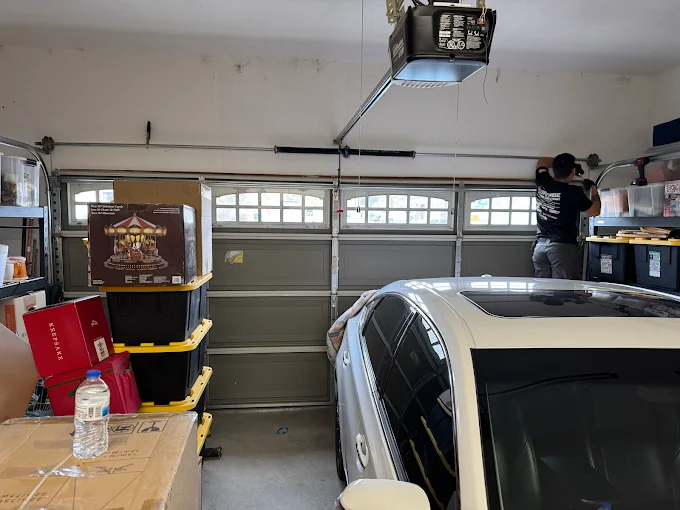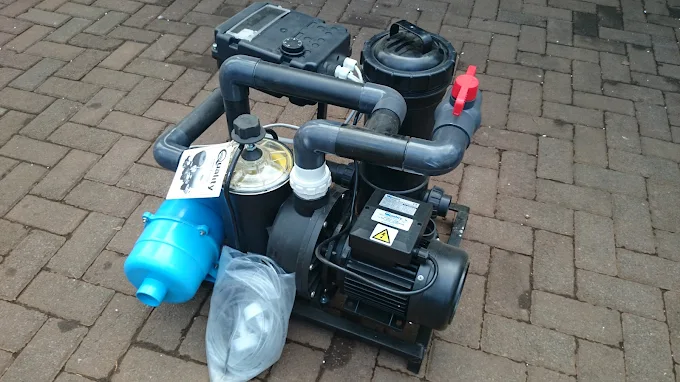
In today’s fast-paced business world, the buzzwords are sustainability and efficiency. But amidst the hustle of daily operations, how often do we stop to consider what our office power usage is really costing us—not just in dollars but also in energy waste? From flickering fluorescent lights to humdrum desktop computers left running overnight, many businesses unknowingly inflate their expenses with hidden electricity costs that can significantly impact their bottom line. In this blog post, we’ll illuminate these unseen expenses and share savvy strategies to reduce them. Get ready to power down on wasteful practices while powering up your savings—because a more sustainable office isn’t just good for the planet; it’s great for your wallet too!
Introduction to the problem of high office power usage
Every office has its rhythm, from the clatter of keyboards to the hum of lights overhead. But lurking beneath this daily hustle is a silent drain on resources: power use. Many businesses underestimate the costs associated with high electricity consumption, not just in dollars but also in environmental impact. The light bulbs flickering above your head and the machines buzzing around you contribute to a bigger picture—one that demands attention.
As energy prices rise and sustainability becomes more pressing, understanding these hidden costs can pave the way for smarter decisions. It’s time to shed some light on how much power your office really consumes and explore ways to cut down those surprising expenses while contributing positively to our planet’s future. What if you could transform your workspace into an eco-friendly haven without sacrificing productivity? Let’s dive deeper into this crucial conversation about optimizing power au usage!
The hidden costs of office power use, including financial and environmental impacts
High office power usage often brings unseen costs that extend far beyond the monthly utility bill. The financial impact can be staggering, with companies spending thousands on unnecessary electricity consumption. This money could instead support growth initiatives or employee benefits.
On an environmental level, excessive energy use contributes significantly to carbon emissions. Fossil fuels, which many businesses rely on for their power needs, release pollutants that harm our planet. Each kilowatt-hour consumed not only increases operational expenses but also amplifies the ecological footprint of your organization.
Wasted energy means wasted resources—both natural and financial. While we may overlook these hidden costs in our daily operations, they add up over time and can hinder sustainability efforts within a business model focused on long-term success. By acknowledging these factors, offices can pave the way toward more efficient practices and responsible resource management.
Factors contributing to high office power use, such as outdated equipment and careless habits
Outdated equipment is a significant contributor to excessive office power use. Old computers, printers, and copiers are often energy hogs. They consume far more electricity than their modern counterparts. Upgrading to energy-efficient models can make a noticeable difference.
Careless habits also play a role in high energy consumption. Many employees leave devices on overnight or forget to turn off lights when they leave the room. These small oversights add up quickly over time.
Additionally, poor building insulation can lead to increased heating and cooling costs. If windows are drafty or walls lack proper insulation, the HVAC system works overtime.
Moreover, reliance on certain appliances—like vending machines or coffee makers—can drive power usage higher during peak hours when everyone’s at work. Addressing these factors is crucial for reducing overall office power consumption effectively.
Tips for reducing office power consumption, including energy-efficient equipment and behavioral changes
Switching to energy-efficient equipment is a game changer. Consider LED lighting instead of traditional bulbs. They consume less power and last much longer.
Smart thermostats help manage heating and cooling effectively. These devices adapt to your office’s usage patterns, ensuring comfort without wasting energy.
Encourage employees to unplug devices when not in use. Chargers, computers, and monitors can draw power even when turned off.
Implementing a power management policy is crucial. Set guidelines for using appliances during peak hours or suggest powering down at the end of the day.
Promote natural light by rearranging workspaces near windows. This reduces reliance on artificial lighting while boosting employee mood.
Lastly, consider hosting workshops on energy conservation habits. Engaging staff creates a collective responsibility towards reducing power consumption in the workplace.
Case studies of companies successfully implementing energy-saving measures in their offices
One remarkable case is that of a tech giant in California. They switched to LED lighting across their campuses. This simple change resulted in a 30% reduction in energy use, significantly lowering their power bills.
Another inspiring example comes from a financial firm based in New York City. By embracing smart thermostats and automated systems for heating and cooling, they managed to cut energy consumption by 25%. Employees even reported improved comfort levels.
A small marketing agency in Austin took an unconventional route by introducing a “no-power” hour each day. This encouraged employees to unplug devices and focus on collaboration rather than screen time, leading to both lower power costs and heightened creativity.
These companies serve as powerful examples that sustainability isn’t just possible; it’s beneficial. Their initiatives reveal how strategic changes can lead to significant savings while fostering a culture of environmental responsibility within the workplace.
Long-term benefits of reducing office power use, both for the company and the environment
Reducing office power use brings substantial long-term benefits for both companies and the environment.
Companies see lower energy bills over time. These savings can be redirected towards other important initiatives or innovation projects. It enhances financial stability, allowing businesses to invest in growth.
Moreover, adopting sustainable practices boosts a company’s reputation. Clients appreciate organizations that prioritize eco-friendly measures. This can lead to increased customer loyalty and new business opportunities.
On an environmental level, decreased power consumption translates into fewer greenhouse gas emissions. This helps combat climate change and contributes to cleaner air quality.
Employees also benefit from a greener workplace culture. Engaged staff tend to feel more motivated when they know their company is making responsible choices.
Incorporating energy-saving strategies fosters a healthier planet while enhancing employee satisfaction—two vital components for any successful organization today.
Conclusion: the importance of being conscious about office power usage and taking steps towards sustainability.
Being mindful of office power usage is more crucial than ever. As companies strive to enhance their efficiency and sustainability, understanding the hidden costs associated with energy consumption can lead to significant benefits.
Reducing power usage not only lowers operational expenses but also supports the environment. Companies that prioritize energy efficiency often see a positive shift in workplace culture. Employees feel empowered when they contribute to sustainable practices.
Taking actionable steps towards reducing power consumption creates a ripple effect, encouraging others in the industry to follow suit. The collective effort leads us closer to a greener future while ensuring businesses thrive economically.
Embracing these changes fosters an atmosphere where innovation meets responsibility—a win-win for all involved. Making conscious choices about office energy use is essential for both immediate gains and long-term success.




